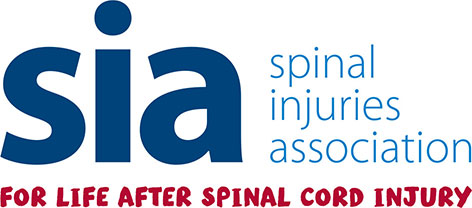Bell Lax pioneered no win no fee arrangements for commercial disputes. If you lose, we lose, therefore we always fight for you.
Bell Lax pioneered no win no fee arrangements for commercial disputes. If you lose, we lose, therefore we always fight for you.
Payment Notices
Payment Notices in Construction Contracts
The Act requires relevant construction contracts to include an adequate mechanism to determine the amounts and timings of payments. If your contract does not do this then the provisions of the Scheme for Construction Contracts (“the Scheme”) will apply.
Under the Scheme the due date for payment is the later of:
- The expiry of 7 days following the end of the payment period specified in the contract or, if none exists, 7 days following the end of the period of 28 days from the date when the receiving party started work; or
- The making of a claim by the receiving party.
The paying party must give a payment notice to the receiving party setting out the amount that they consider to be due no later than five days after the due date for payment. The final date for payment is 17 days from the due date for payment.
As if this was not complicated enough, the position is further complicated if the paying party does not serve a payment notice on time. After 5 days the receiving party may then serve their own notice setting out the amount that they consider payable. However, any later dates will be postponed by the number of days between the receiving party’s notice and the final date on which the paying party should have given the payment notice.
If the paying party intends to pay less than the amount set out in the payment notice, they must serve a pay less notice no later than seven days before the final date for payment. The pay less notice must set out the amount that the paying party considers to be due and how that sum is calculated.
If the paying party does not serve a pay less notice in time they must pay the amount set out in the payment notice. Whilst overpayments can be corrected in later payment applications, it is better to ensure that the payment notices are served on time to prevent overpayment.
The flow chart below clearly sets out the payment procedure under the default provisions of the Act and Scheme:
Paying Party Serves Notice on Time Receiving Party Serves Notice in Default
Day 1 - Due Date for Payment Due Date for Payment
Day 5 - Payment Notice Receiving Party Can Serve a Payment Notice in Default
Day 10 - Pay Less Notice Pay Less Notice
Day 17 - Final Date for Payment Final Date for Payment
For expert legal advice contact Natalie Bradshaw on 0121 355 0011 or email natalie.bradshaw@belllax.com







